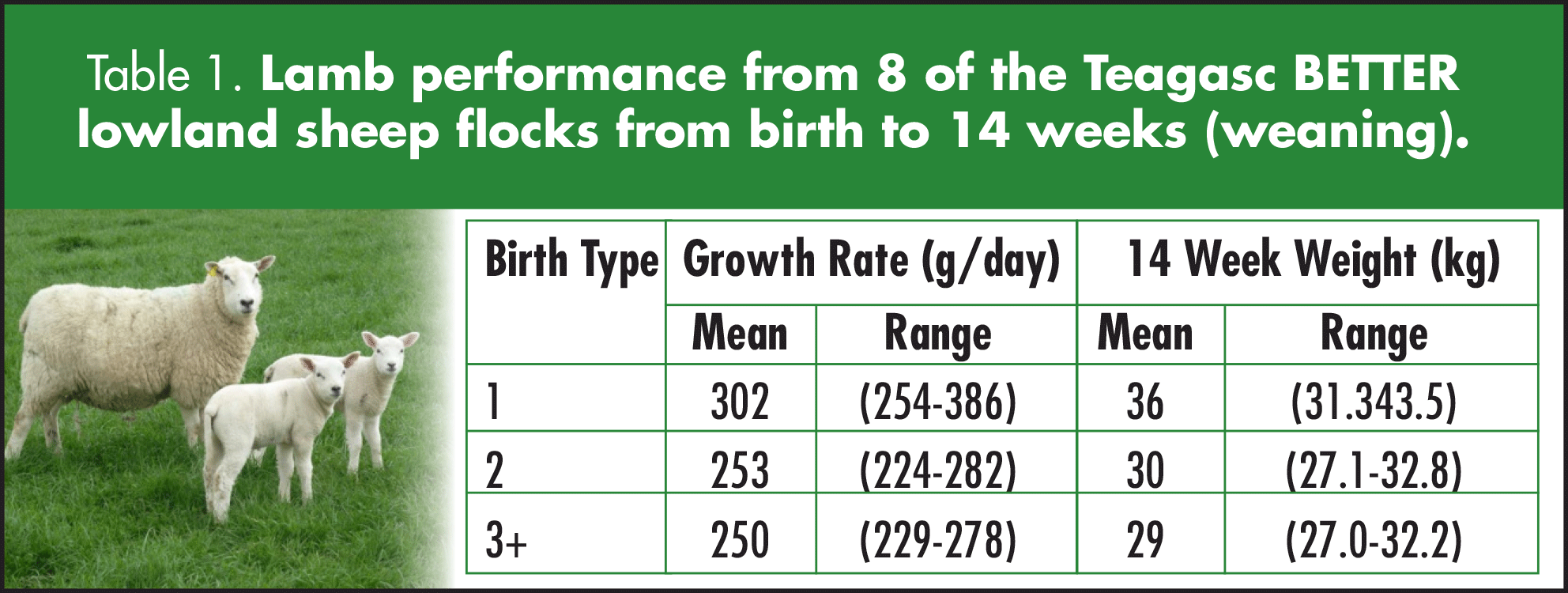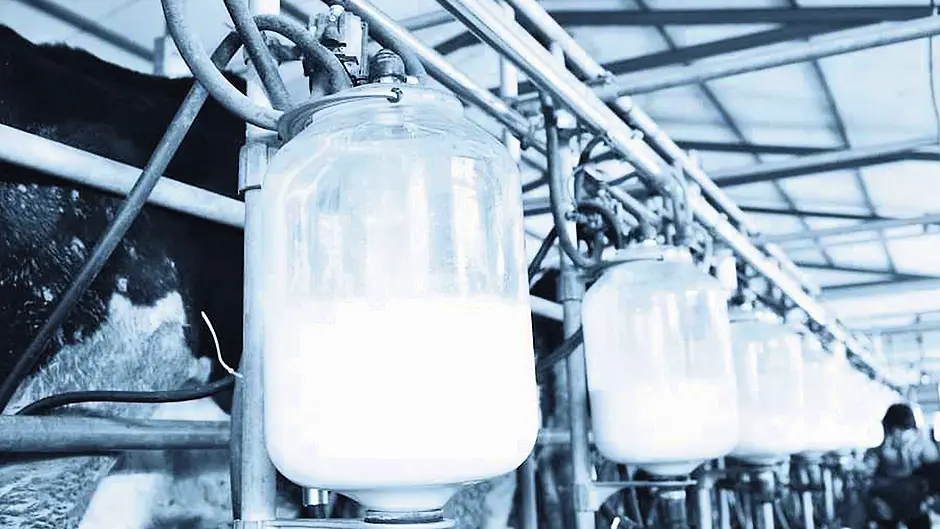Many farmers do not realise that the grazing season begins in the autumn and that autumn management of grazed grass is the primary factor influencing the supply of grass available in spring on any farm.
As we go through the autumn, the day length shortens and the daily growth of grass reduces. To counteract this and keep cows grazing, we use the time from mid-August to the end of September to build a higher cover of grass on the farm (1,000kgd DM/ha) and then graze this bank of grass out into mid to late November. This will ensure that cows are adequately fed using the cheapest available feed which is grazed grass.
To build the grass cover and extend the grazing season, you have to reduce the daily grass demand of the herd below the daily growth rate from mid-August onwards. If you are measuring on PastureBase, you will have your own growth rate.
If not, you can find an approximate growth rate on Met Eireann or in the ‘Farmers Journal.’ On higher-stocked farms – over three cows per hectare – you may need to start a week earlier.
Extending the rotation length can be done a number of ways, depending on the farm circumstances:
- Bringing in extra ground after second cut silage.
- Reducing the stock rate by removing stock such as calves, in-calf heifers dry cows or cattle from the grazing platform to other ground.
- Zero grazing outside land.
- Increasing meal feeding rate.
During the drought earlier in the year, many farms let paddocks go in case the drought was prolonged. Feedback from farm visits and some discussion groups this month is that, in some cases, more paddocks should have been taken out once the drought ended to reduce the pre-grazing cover of paddocks.
The pre-grazing cover is still too high on these farms and cows are grazing heavy grass in excess of 1,500 kgs DM/ha. Where this is the case, there is only about two weeks to tidy up paddocks before starting to build grass for the autumn.
Milk recording
Since the onset of Covid-19, many farmers stopped milk recording due to genuine concerns and HSE advice. While this was necessary, keep in mind that milk recording is a critical tool in the effective management of somatic cell count (SCC). This is especially true where farmers are considering selective dry cow therapy this autumn.
The lack of SCC history on each individual cow this lactation can pose a serious risk ensuring effective dry cow treatments later in the autumn. DIY recording is a socially distant option that can be used.
It is not too late to start your 2020 milk recording to get back on track before cows are dried off later.
Better sheep
The Teagasc better sheep farm programme involves a number of lowland and hill sheep farms throughout the country where the physical and financial performance of the sheep flocks is monitored throughout the year.
Lowland flocks – The lowland flocks in the programme weaned in June or early July with the performance shown in Table 1. Performance was mixed between the flocks with drought conditions hampering some flocks; however, most of the flocks have a draft of lambs ready for sale just before or at weaning time.
A flush of grass growth after the end of the dry period of weather has allowed the flocks to start cutting silage again and winter feed supplies on the farms are on target. The flocks have begun to look to next year also with cull ewes pulled out from the flock, thin ewes marked and rams being examined to assess what ram purchases might be needed as ram sales commence.
Hill flocks – On the hill flocks, late July and the month of August will mean weaning lambs and making a decision as to what to do with the lamb crop. This will differ between farms depending on what grass is available at weaning, what grass will be needed for the ewe flock later in the year, store lamb markets and also the breakdown of the lamb weaning weights.
The breakdown of lamb weights will be crucial for flocks hoping to finish lambs as lambs greater than 30kg in weight will be easier to finish, whereas lighter lambs will require a different plan depending on the facilities and grass supply on the farm.

• Áine O’Riordan is a business and technology beef and sheep advisor, providing technical and scheme advice from Teagasc’s Macroom office. She also covers organic farming, alternative farm income sources and the hen harrier scheme.









